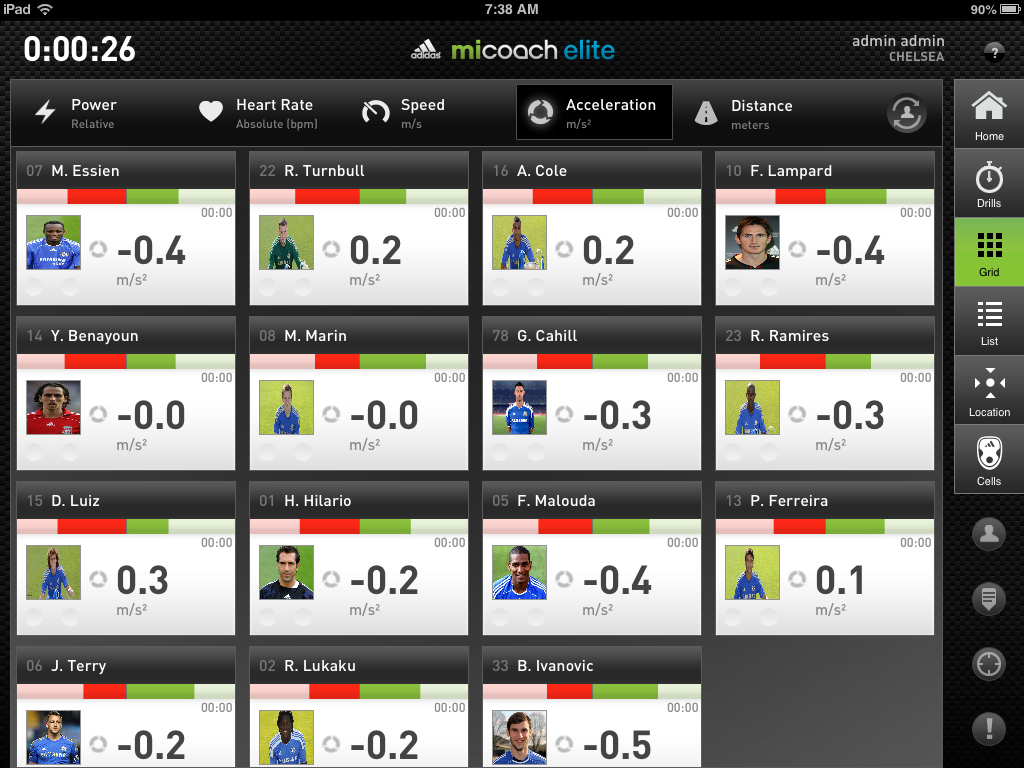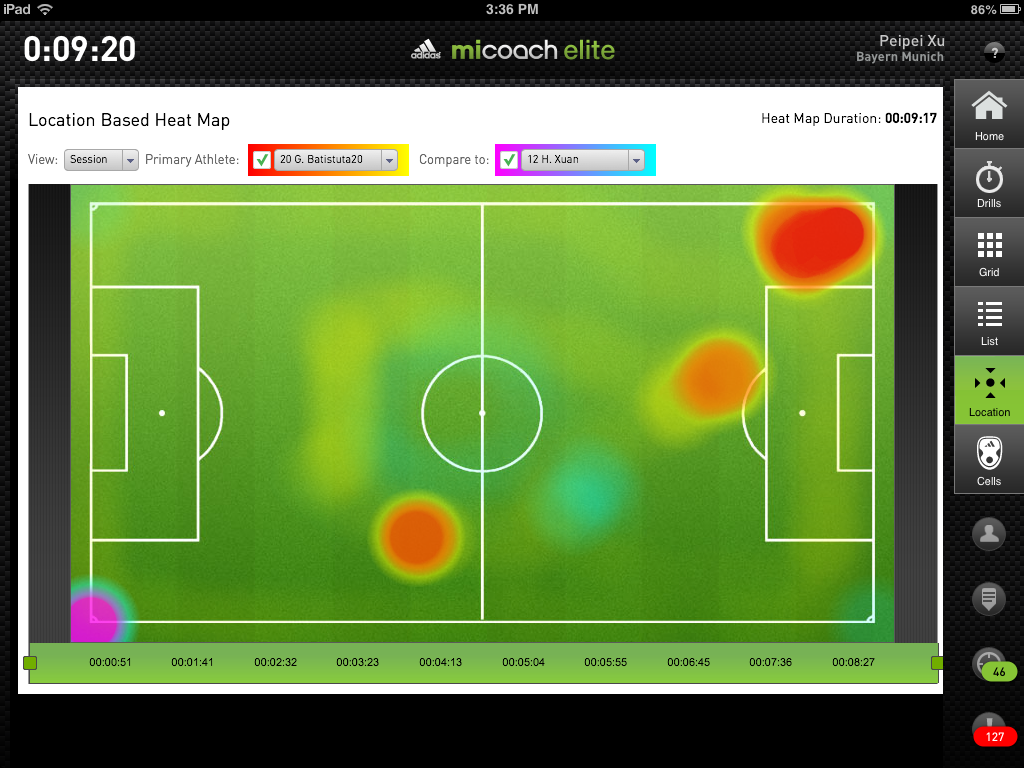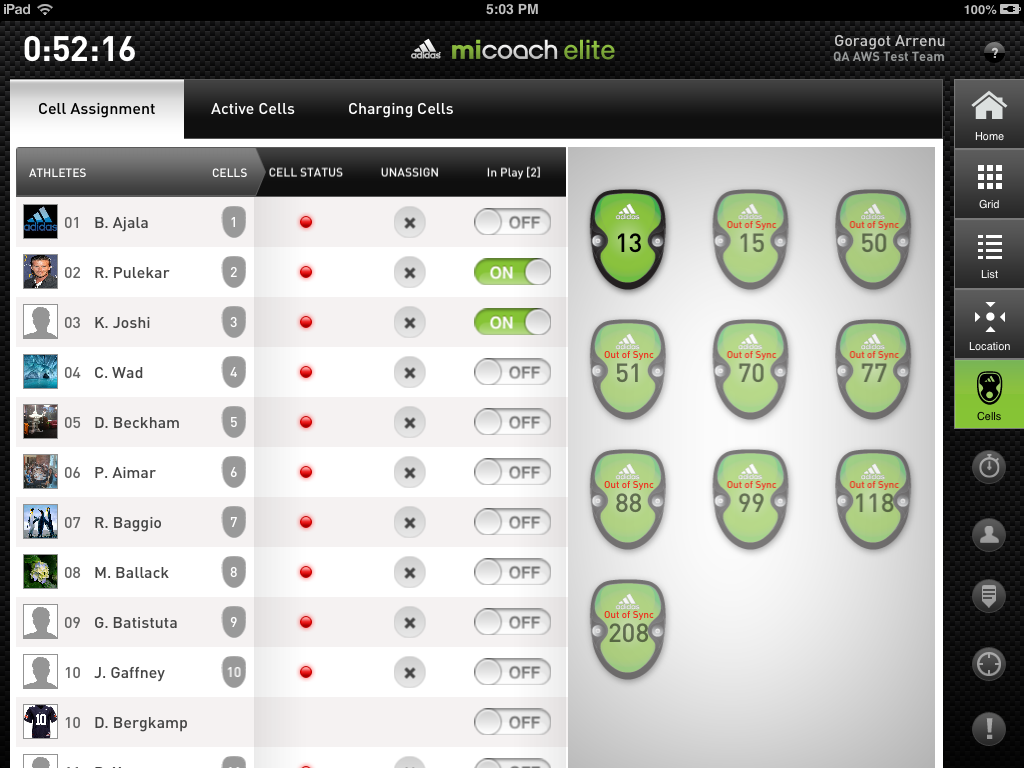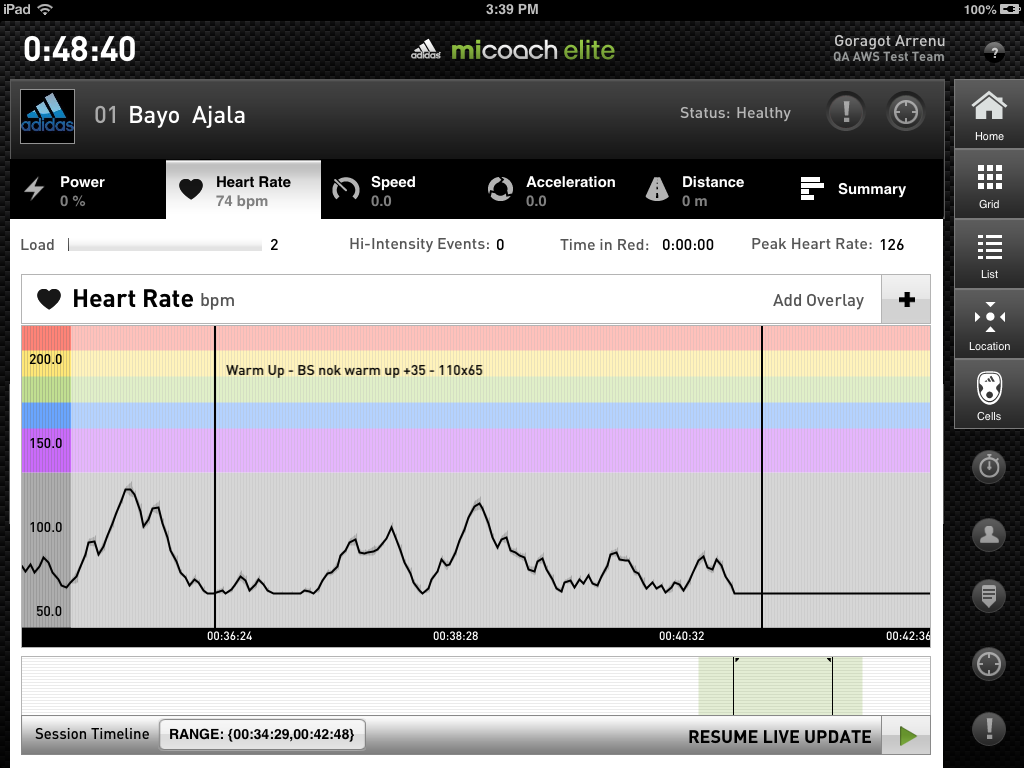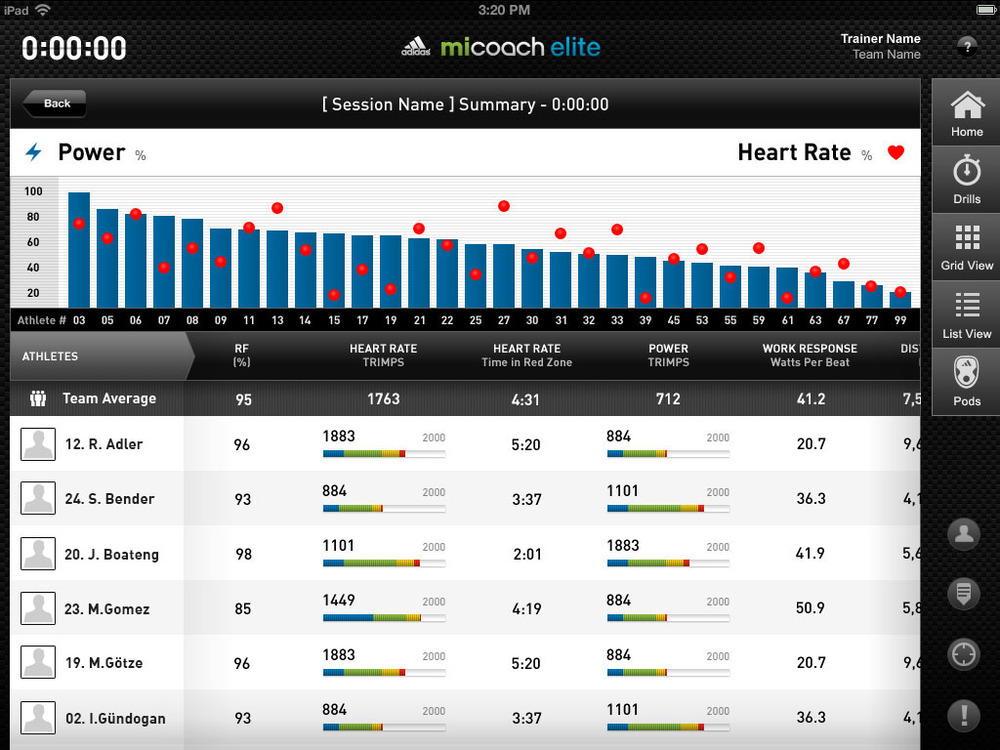
The adidas miCoach Elite System was a real-time coaching and training eco-system. The system included an advanced physiological sensor worn by players that measured speed, distance, acceleration, heart rate and power in real-time, with results made available live to coaches.
I worked as UX lead on numerous projects to evolve the platform’s tablet and web applications, and to further explore the product beyond soccer into other sports like basketball.
The adidas miCoach Elite System
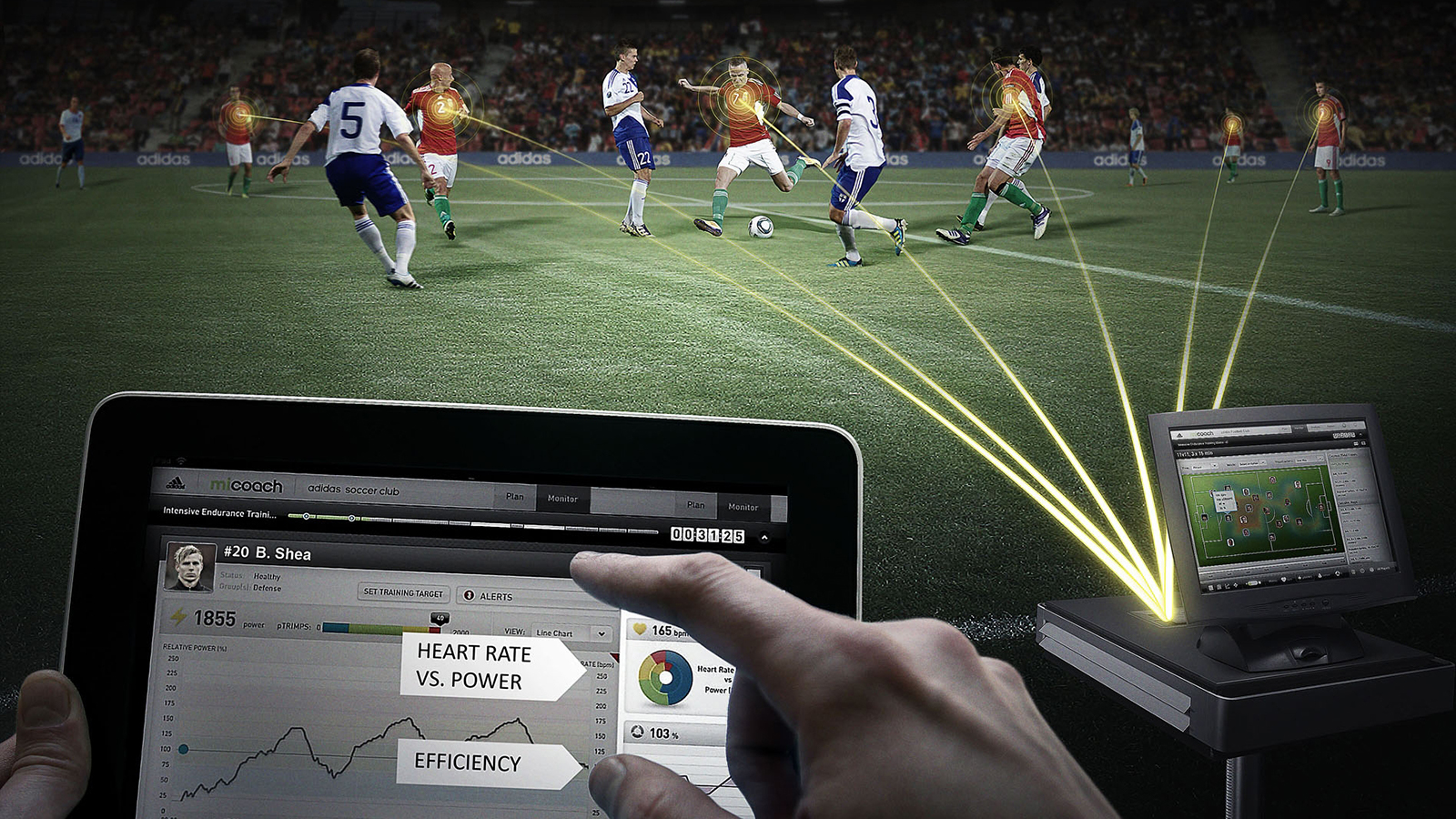
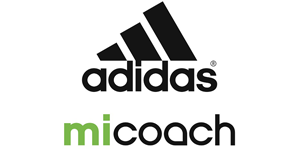
adidas miCoach Elite System at a glance
- Tracked player performance of an entire team in realtime
- System included biometric sensor cell worn inside players jersey
- Player cells communicated with a base station via RF signals
- Coaches monitored realtime performance using an iPad app
- Web portal supported after match analysis and player monitoring
Background
In 2011 Adidas engaged Isobar, a global digital innovation agency, to help make the strategic move into wearable tech with their miCoach system, a series of consumer-available wearable computers and mobile and web apps used to help achieve maximum workout performance. In partnering with Isobar, they were able to fuse together real-world problem solving with physical and digital design and technology.
Following the success of this consumer play, Isobar created miCoach Elite, the first system of its kind for use in professional sports that used wearable technology to track player performance of an entire team in real-time.
miCoach Elite iPad & Web Applications
The miCoach Elite iPad application was designed for coaches to monitor the workload of an individual player, compare one athlete with another or to view the whole team in order to gain a complete picture of their squad.
After the game was over, the data was automatically made available to the coach and team via a secure web application that they could log into to see all of the individual player data as well as the data related to the entire team. This post analysis of data gave coaches and the team insights into the metrics produced by each athlete during a training session or game. Coaches were further able to track player data and performance analysis through customizable tools and shareable reports.
My involvement on the design team was to lead the UX design efforts for initiatives such as expanding the feature sets of both the iPad app and web application to track training sessions over periods of time to provide coaches with trend analysis for their individual players.
I also led the UX for another key initiative that focused on expanding the potential market for the miCoach Elite System to encompass other team sports such as basketball. This was done through the development of new functionality that could track additional athlete metrics such as vertical height and power.
Adoption by Major League Soccer
As a result of their engagement with Isobar, adidas partnered with the MLS to deploy the miCoach Elite System for the first time during the 2012 MLS All-Star Game. And beginning in the 2013 season, all 19 MLS clubs used the miCoach Elite System, providing coaches, trainers and players with real-time performance metrics for every game of the season.
In utilizing the system from the sidelines, coaches were able to do everything from analyzing trends to preventing overtraining and risk of injury, maintaining optimum levels of player performance throughout the season.


